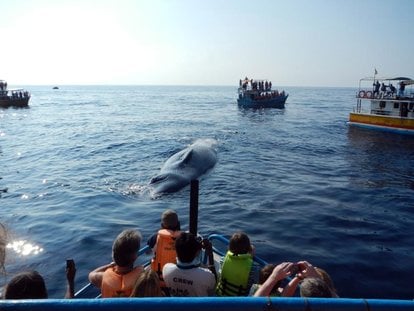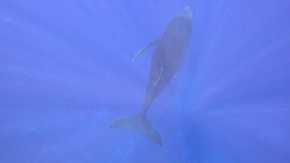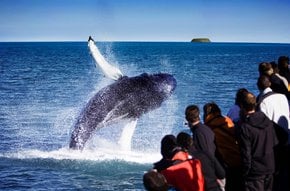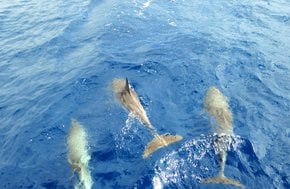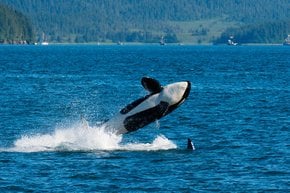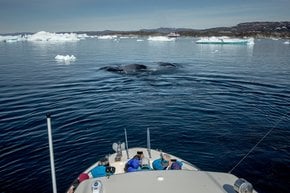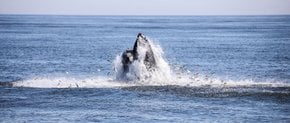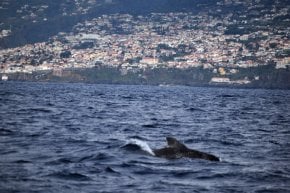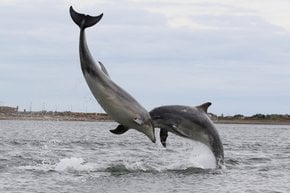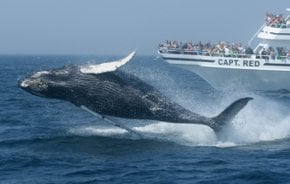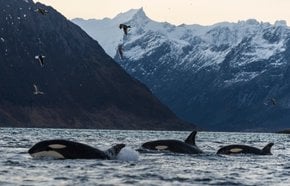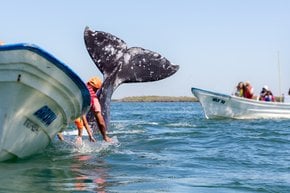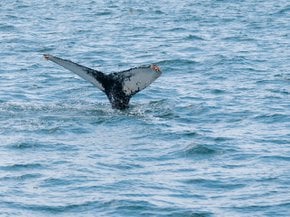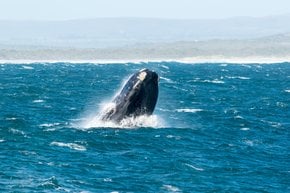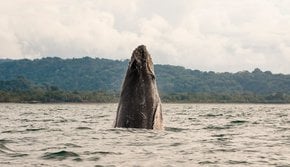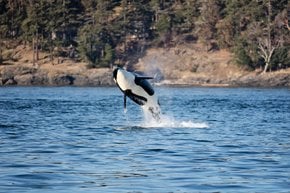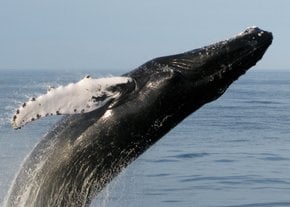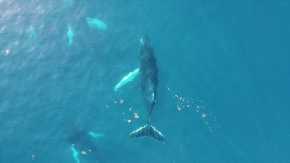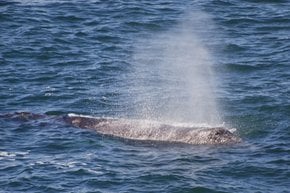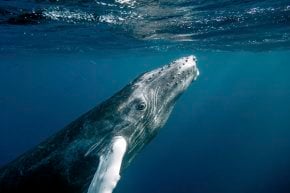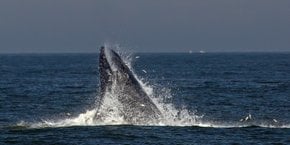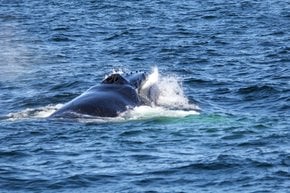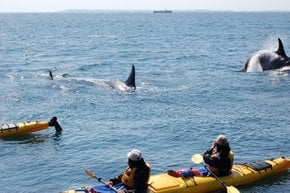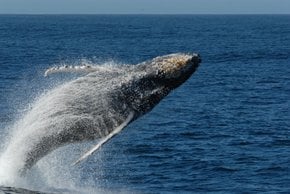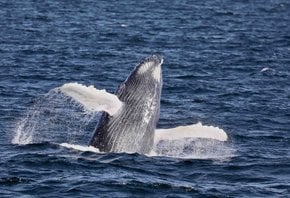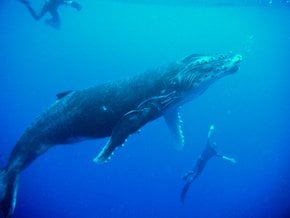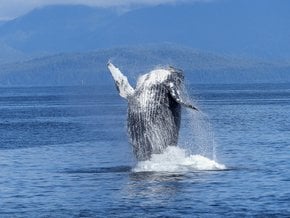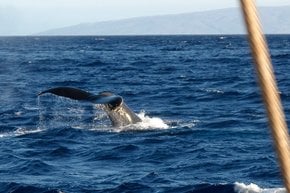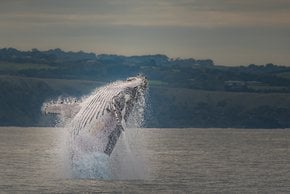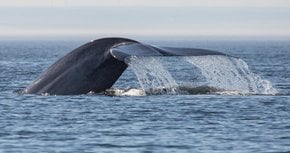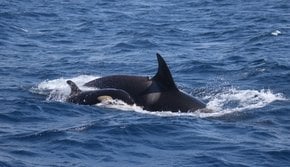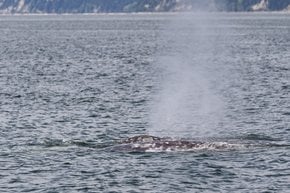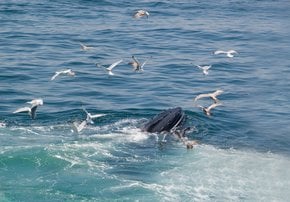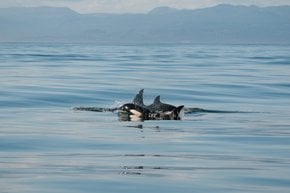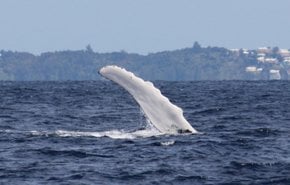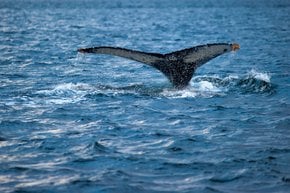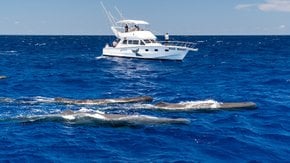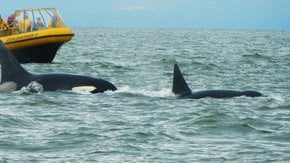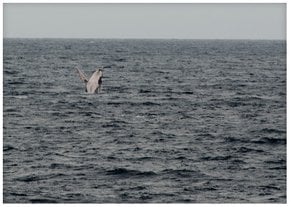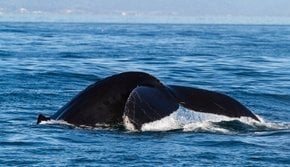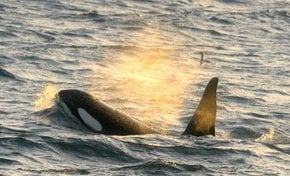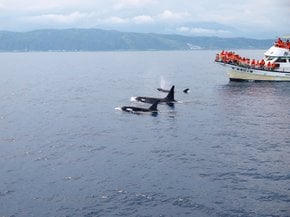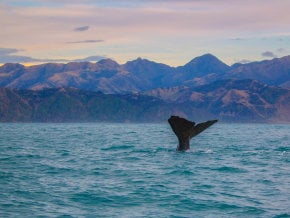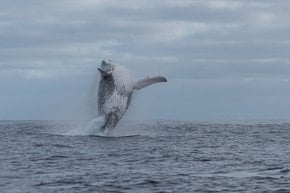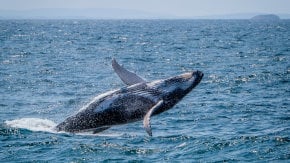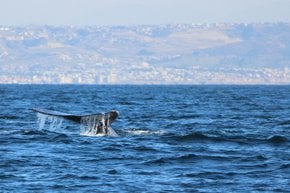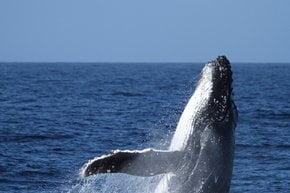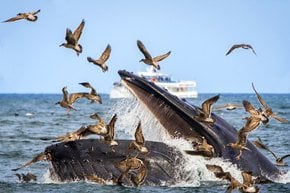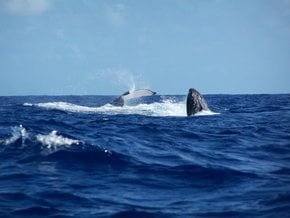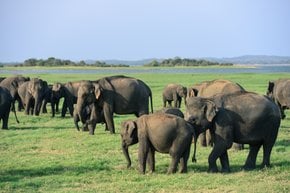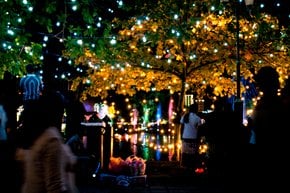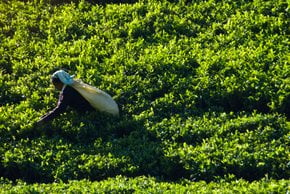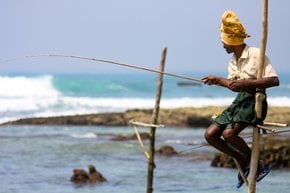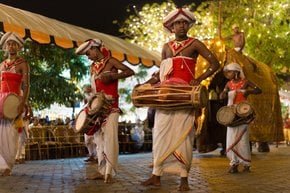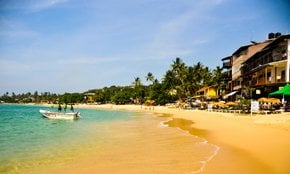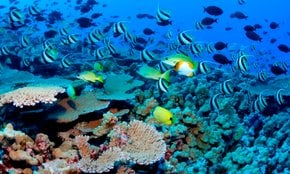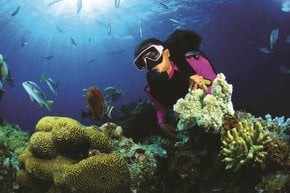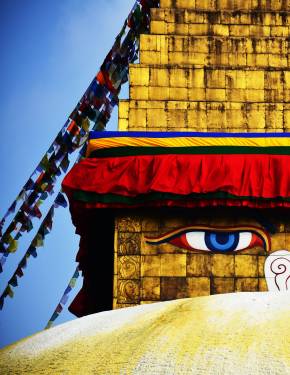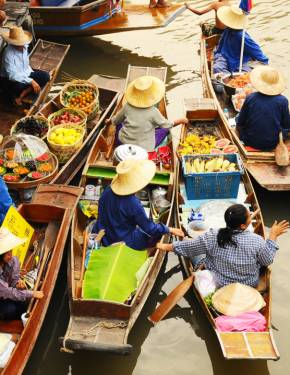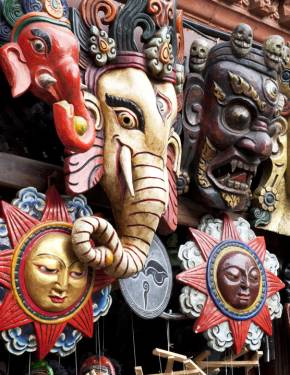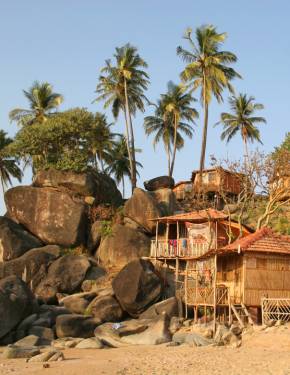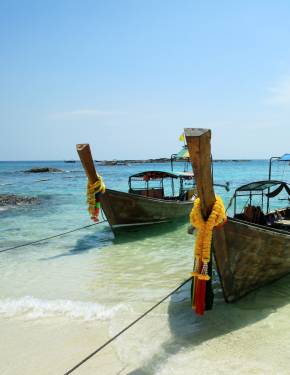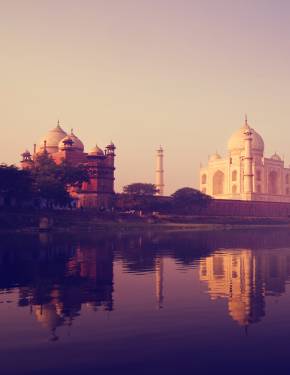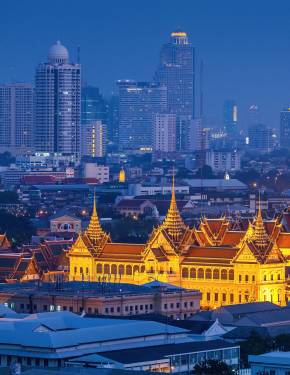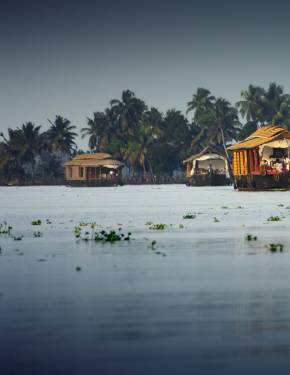Whale watching (Osservazione delle balene) a Sri Lanka 2025-2026
Lo Sri Lanka è fortunatamente situato in un punto di vista per osservare le balene
Miglior periodo: novembre-aprile | luglio-settembre
Dal litorale dello Sri Lanka si possono osservare più di 26 specie di cetacei, quali balene blu, spermatozoi e balene finlandesi. Le balene blu sono gli ospiti più frequenti nelle acque dello Sri Lanka. I luoghi di osservazione delle balene più popolari includono Dendra Point, Mirissa e Trincomalee
Il punto Dendra è la punta più meridionale dello Sri Lanka. A causa della ristretta piattaforma continentale, le balene possono essere viste come vicino a pochi chilometri dalla riva. A volte possono essere visti 54-m (176-ft) dal faro Dendra. Dendra Point è il posto più affidabile per osservare le balene a causa di un 90% di probabilità di vedere le balene blu e di un'infrastruttura ben sviluppata. I tour a Dendra Point partono da Galle e Hikkaduwa.
Blue whales are the largest creatures to have ever lived on Earth. They primarily feed on krill, filtering massive amounts of ocean water through their baleen plates, which act like a sieve. Some of the largest blue whales can consume up to 6 tons of krill daily. Their blue-gray, mottled skin takes on a light blue hue underwater, giving them their name. While blue whales are sometimes seen in small groups, they are typically solitary or found in pairs.
Mirissa offre regolari escursioni di osservazione delle balene e dei delfini. Le barche partono alle 7 dal porto di Mirissa e trascorrono tre o quattro ore in mare. Le probabilità di vedere balene e delfini durante l'alta stagione è superiore al 90%. Il momento migliore per osservare le balene sulla costa meridionale è da novembre ad aprile.
Un'opzione alternativa è osservare le balene a Trincomalee, situata sulla costa nord-est. La maggior parte dei tour di osservazione delle balene iniziano alle 6:30 del mattino. A seconda delle condizioni del mare, può richiedere fino a 3 ore. Nel nord, il momento migliore per osservare le balene è di solito da luglio a settembre
Due to the narrow continental shelf, whales can be seen as close as a few miles from the shore here. Sometimes, they can be seen 54-m (176 ft) from the Dondra Lighthouse. Dondra Point is the most reliable place for whale watching due to a ninety percent chance of seeing blue whales and a well-developed infrastructure. Tours to Dondra Point leave from Galle and Hikkaduwa.
Mirissa is another great place for whale and dolphin-watching tours in Sri Lanka. It is a fishing village located on the southern coast between Matara and Galle. Known for its stunning scenery, unspoiled beaches, and delicious cuisine, it’s one of the most accessible spots for viewing majestic whales and pods of dolphins. The town is easily reachable from Colombo and other major cities, making it a popular destination for wildlife enthusiasts.
Mirissa offers regular whale-watching excursions. Boats leave at 7 am from Mirissa Harbor and spend three or four hours at sea. The chances of seeing whales and dolphins during high season are over 90%. The best time for whale watching on the southern coast is from November to April.
An alternative option is to watch whales in Trincomalee, located on the northeast coast. Home to one of the world’s finest natural harbors, the town is celebrated as the most picturesque coastal areas on the island. Most of the whale-watching tours there start at 6:30 am. Depending on the sea conditions, it can take up to 3 hours. From May to August, blue whales remain as close as 6-8 nautical miles (about 30 min by boat) east of Trincomalee.
Trincomalee, situated approximately 2 hours from Pasikudah, is renowned for its whale-watching opportunities, with Nilaveli and Uppuveli beaches being the most frequented spots.
This pristine, untouched beach on Sri Lanka’s west coast, just north of Colombo, is ideal for spotting both whales and dolphins. Kalpitiya is renowned for its impressive pods of dolphins and sightings of sperm whales. Watching hundreds of dolphins swim alongside your boat, diving under the waves, jumping, spinning, and leaping out of the water, creates a breathtaking experience you won’t soon forget. The prime season for dolphin and whale watching in Kalpitiya runs from November to March, offering unforgettable marine wildlife encounters.

